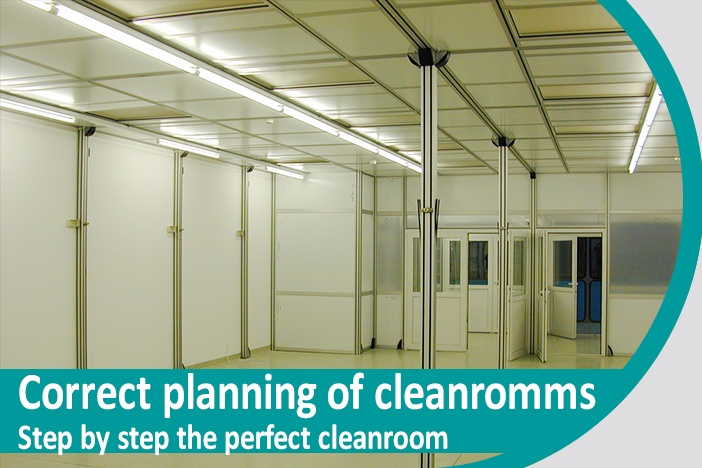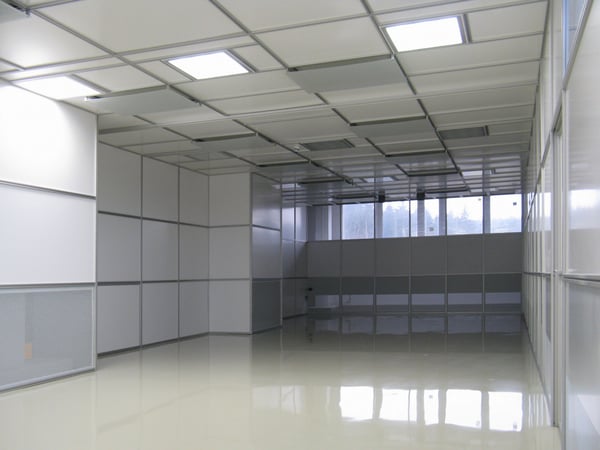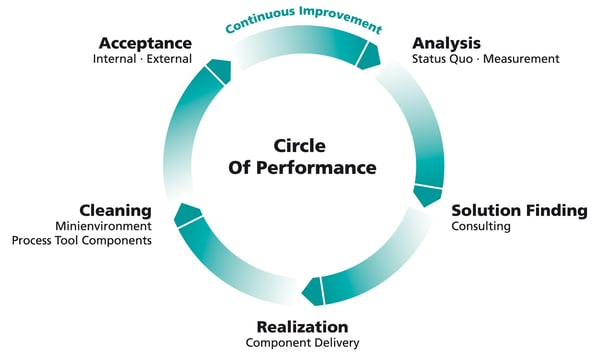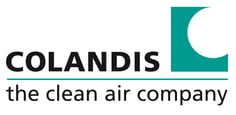
Planning a cleanroom is always an individual and complex process, in which all future uses and of course also the local conditions must be considered. Since the requirements vary from company to company, many manufacturers offer modular systems and components and also respond to special requests.
Definition – What is a cleanroom?
Cleanrooms are used to create an atmosphere that is as particle-free as necessary and thus to keep the risk of contamination as low as possible. Such an environment is an absolute basic condition for many applications. Printed circuit boards, for example, are manufactured and stored in cleanrooms to avoid short circuits between the tiny connections.
A particle-free environment is also required in research and in the pharmaceutical industry; the requirements for air purity are also specified by appropriate standards depending on the industry. Everything you need to know about cleanrooms can be found here!

1. Analyse your demand
Setting up and operating a cleanroom is also a cost factor that needs to be calculated in all points. In addition to the investment costs for the required technology, this also includes the expected running costs. A cleanroom should always be dimensioned in such a way that it meets the requirements as exactly as possible and does not take up unneccessarily much space and resources. Due to their modular design, cleanrooms can be extended and adapted to the requirements with more or less little effort. Keep this in mind when planning if production is expected to increase in the near future.
2. Define the requirements for your cleanroom
Depending on the intended use, the air in cleanrooms is assigned to different airborne particulate cleanliness classes. The DIN standard EN ISO 14644-1 lists nine classes whose distinguishing features are particle density and size. In food industry, for example, particle requirements are not quite as strict as for processing and storage of electronic components. Even the smallest particles can lead to serious defects. In the pharmaceutical industry, the GMP guidelines apply, which contain not only the specifications for particle size and density but also the maximum permission bacterial load.
3. Choose a suitable ventilation system
It depends especially on the requirements of the respective ISO class which ventilation system is the right one for your cleanroom. In all applications, the air flow should be designed to prevent the deposition of particles at critical points and to remove as many particles as possible to the outside. Of course, all accesses must be kept free and should be positioned in such a way that they cannot be adjusted in daily operation. Air conditoning units are available to control the temperature and humidity in the cleanroom; in many applications a constant level is required for these parameters.
4. Plan your cleanroom with suitable access options
Cleanrooms are generally entered via locks with different cleanliness classes. These locks usually have a "poorer" airborne particulate cleanliness class and can be locked from 2 sides. These locks are used to equalize the pressure and to put on the protective clothing. So as few particles as possible are carried into the cleanroom from outside. In addition to the personnel locks, there are also material locks that serve to introduce materials into the clean environment. Depending on the intended use, more flexible solutions for access are also available. Don't forget that even larger machines and systems will have to be installed and perhaps even removed again over time.
5. Choose the right material for walls, floors and ceilings
There are also specifications for the cleaning of cleanrooms, for example with regard to the cleaning agents used. All horizontal and vertical surfaces should be easy to clean and resistant to the chemicals they contain.
So the materials should be easy to clean and flexile. Depending on the application, fixed walls and softwall solutions are available for cleanrooms.
6. Choose the right furniture for your cleanroom
The furniture in the cleanroom should offer as few deposit possibilities as possible. Antistatic materials are particularly important in the production of electronic components. The surfaces of seating furniture should be very abrasion-resistant and under no circumstances made of fabrics. For tables,
Transport Trolleys and other storage furniture, melamine coating, various plastics and stainless steel have proven their worth, depending on the requirements.
You should place a higher value on the quality of the chairs, when you plan your cleanroom. Height adjustability allows different employees to use the same workbench. Cleanroom chairs are designed in such a way that they prevent the absorption of particles and still offer a certain degree of seating comfort. The upholstery is completely covered with plastic. Alternatively, standing aids in the cleanroom have been tried.
7. Choose the right protective clothing for your employees
The biggest risk of contamination in the cleanroom remains with the employee. It is therefore necessary to choose the right protective clothing. For some applications a gown is sufficient, but the more demanding the particle cleanliness class is, the more complex the protective clothing is. From ISO 6, for example, a full-body overall, a face mask, special shoes and gloves as well as safety goggles are mandatory. Such extensive measures require not only the lock but also a special wardrobe. Your employees should be comprehensively trained in the handling of clothing and all equipment devices to use in the cleanroom.

8. Pay Attention to the possibilities for cleaning and maintenance
Cleaning a cleanroom must be carried out by specialists and with specially approved means for this purpose. It is best to plan regular cycles in advance for the cleaning and maintenance of your cleanroom, which depends on your processes and the air cleanliness class.
Planning: Step by step to the cleanroom
- Capture the structural conditions and determine the space required
- Determine the required air cleanliness class and identify the most important contamination risks
- Select a suitable ventilation and air conditoning system, if required
- Determine the type of access
- Assemble the equipment of the cleanroom
- Create the protective clothing regulations for your employees
- Train your employees in the use of the cleanroom
- Create plans for regular cleaning and maintenance
Planning a cleanroom requires technical expertise and practical know-how
Even the smallest inaccurancies, can quickly lead to fatal errors in cleanroom planning, such as non-compliance with the required ISO class.
Therefore, consult qualified specialists during the planning phase. These experts not only help you with the design of your cleanroom, they also analyse the contamination risk and identify every possible weak point in advance.
Before release, the specialists commission the cleanroom on trial and determine the actual particle quantity. The cleanroom is not released for full use until all requirements have been met.





